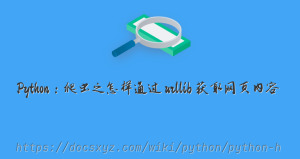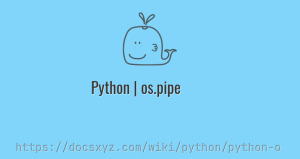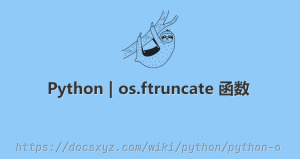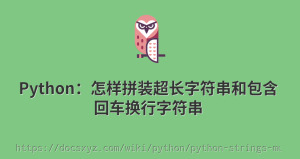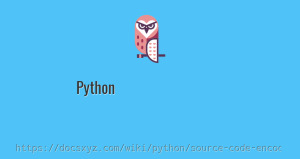Python:怎样使用字符串格式化方法 format() 格式化字符串
最近更新时间 2020-12-01 14:47:12
str.format() 方法执行字符串格式化操作。字符串中可以使用 {} 括起来替换。str.format() 方法和 Formatter 类使用相同的格式字符串语法。
函数定义
str.format(*args, **kwargs)
使用 {} 替换字符串,默认按顺序替换,如下所示:
text = '{} Inspiring Ideas for Your Next {} Project'.format(10, 'Front')
10 Inspiring Ideas for Your Next Front Project
使用索引
使用索引值替换字符串,format() 方法参数可以不按顺序,如下所示:
text = '{0} & {1} Color Modes'.format('Light', 'Dark')
# Output: Light & Dark Color Modes
text = '{1} & {0} Color Modes'.format('Light', 'Dark')
# Output: Dark & Light Color Modes
使用关键字
使用关键字替换字符串,{} 中可以使用参数的名称,如下所示:
text = '{dark} & {light} Color Modes'.format(light='Light', dark='Dark')
# Output: Dark & Light Color Modes
索引和关键字参数可以组合使用:
text = '{dark} & {light} Color Modes {0}.'.format('Catalog', light='Light', dark='Dark')
# Output: Dark & Light Color Modes Catalog.
使用 '**' 关键字
可以通过使用 '**' 符号将 table 作为关键字参数传递。
table = {'name':'10 Awesome Github', 'react': 2197}
text = 'Name: {name},Reactions: {react}'.format(**table)
# Output: Name: 10 Awesome Github,Reactions: 2197
